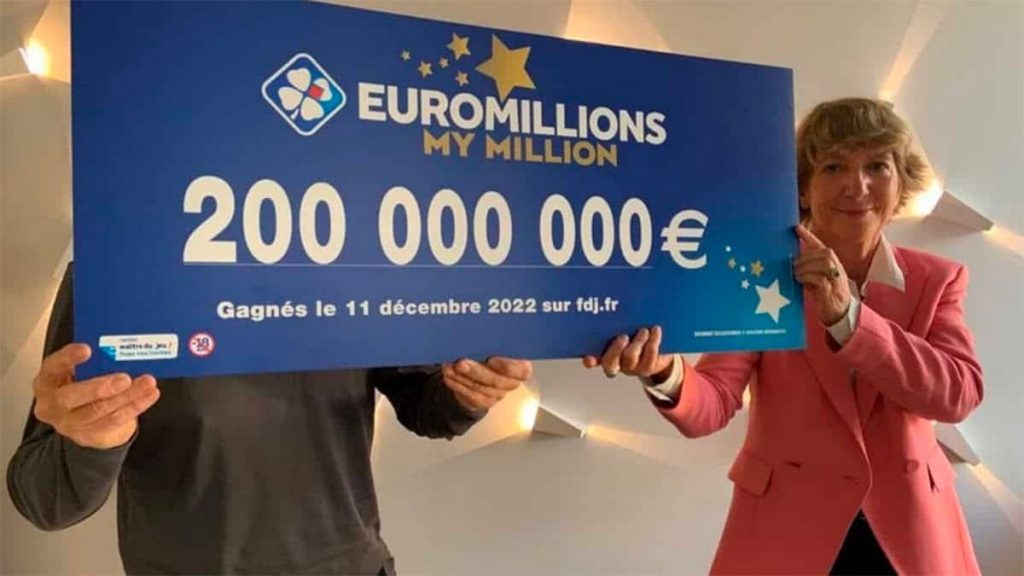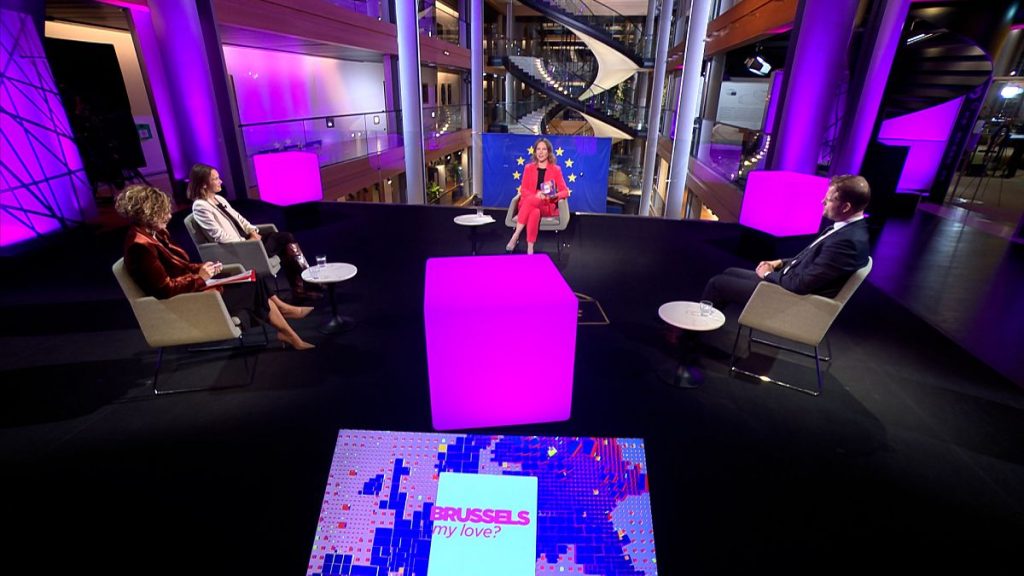Integrating the 1.4 billion people around the world with no access to a bank account into the financial system is a top priority for governments around the world. L’Observatoire de l’Europe Business looks at the role microlending can play and the legacy of Muhammad Yunus.
Microfinance, which consists mainly of micro-loans (less than €25,000) tailored to micro-enterprises (91% of all European businesses) and people who would like to become self-employed but are facing difficulties in accessing the traditional banking services, is an increasingly important tool to bolster financial inclusion.
That’s according to the World Economic Forum, which published a report on 9 September setting out how 1.4 billion people around the world still don’t have access to a bank account.
« Integrating the 1.4 billion people around the world with no access to a bank account into the financial system is a top priority for governments around the world. Not only would it drive economic growth at the macro level, but it would also encourage the economic empowerment of traditionally underserved communities, providing them with secure conditions to thrive, » the WEF report stated.
The European Investment Fund has been involved in helping the European microfinance sector since 2000, providing funding (equity and loans), guarantees and technical assistance to a broad range of financial intermediaries, from small non-bank financial institutions to well established microfinance banks to make microfinance a fully-fledged segment of the European financial sector.
« In this way, we pursue core European Union’s objectives: entrepreneurship, growth and job creation, » the EIF highlighted on its website.
However, as the WEF report points out, there is still much to do to close the financial inclusions gap.
One man’s approach has stood out – that of Muhammad Yunus, also known as the banker to the poor’.
Who is Muhammad Yunus?
Banker Muhammad Yunus was sworn in as the leader of Bangladesh’s new caretaker government in August, filling the void left by toppled prime minister Sheikh Hasina. At 84 years of age, Yunus was encouraged to take up the mantle by student activists, who had led protests against Bangladesh’s autocratic regime.
Before his recent appointment, however, Yunus made headlines for his philanthropic work – specifically microcredit. This form of lending involves giving small amounts of money to poor individuals, particularly those who lack the collateral to access traditional loans.
« Yunus … is to poverty as Bill Gates is to computer software », said one news report from 2006. The article, published one month after Yunus had won the Nobel Peace Prize, is emblematic of the fanfare that surrounded the banker.
Thrown into the spotlight after winning the prize, the media painted Yunus as a saintly figure. Grameen Bank, his microcredit project, was heralded as a revolutionary response to poverty. His business mind, his supporters said, was allowing him to reinvent capitalism – bringing human dignity to the forefront.
Today, the word microcredit brings along with it a lot more baggage. Instances of aggressive debt retrieval, reckless lending, and even a string of suicides muddy the project first established by Yunus. Yet, despite these developments, champions of microlending argue we shouldn’t write the idea off too quickly.
The foundations of Grameen
In 1976, Yunus met a young woman named Sufiya Begum, based in the village of Jobra in Bangladesh. A bamboo-furniture maker by trade, Begum struggled to finance her craft, prompting Yunus to give her a small loan.
At the time, Yunus had primarily made his name as an academic, although he had started to pivot towards social entrepreneurship. One notable catalyst was the Bangladesh famine of 1974.
« I found it difficult to teach elegant theories of economics in the university classroom, in the backdrop of a terrible famine in Bangladesh, » Yunus said in his Nobel Lecture. « Suddenly, I felt the emptiness of those theories in the face of crushing hunger and poverty. »
It wasn’t long after the famine that Yunus began to put his philanthropic ideals into practice. Inspired by his interaction with Begum, the banker created a pilot project. The aim was to give loans to individuals in poor, rural communities, all initially under $50.
In many senses, the scheme was groundbreaking. First, it allowed individuals who were deemed « unbankable » to access credit. Since lenders typically work on risk calculations, Yunus realised that a certain segment of the population was being locked out of the traditional financial system. Without a steady income, secure assets, or a credit history, poor Bangladeshis were unable to secure loans.
Secondly, Yunus’ focus on the « uncreditworthy » necessarily empowered women, who were more likely to be financially marginalised. In 2012, he told the Harvard Business Review: « Women used to hold less than 1% of bank loans in Bangladesh. So when I created Grameen, I wanted to make sure that half of the borrowers were women. » The pilot project developed into Grameen Bank, which now claims to have around 10.6 million borrowers. 98% of these are women.
« From early on, Professor Yunus prioritised lending to women who came from families with no farmland, or very limited amount of farmland, » Alex Counts, former CEO of the Grameen Foundation, told L’Observatoire de l’Europe Business.
Counts, along with Yunus and others, set up the Grameen Foundation in 1997, which works more broadly to alleviate poverty.
« Grameen (bank) made direct outreach to the poor a priority, motivating them to become borrower-members and then offering them tiny loans to begin with, and larger loans once they gained confidence, » explained Counts.
« Microlending typically does not rely on traditional collateral, which the poor don’t have, but instead leverages social networks and trust and solidarity to ensure timely repayment. »
The darker side of microfinance
Early studies on Grameen Bank gave glowing reports. In 1988, a book by Mahabub Hossain noted that rates of extreme poverty had been lowered to 48% among Grameen participants. That was compared to about 75% among non-participants.
Ten years later, a study by Shahid Khandker, commissioned by the World Bank, presented similarly positive findings. « Microcredit programmes have been able to reach the poor and enhance both their productive and their human capital by generating self-employment, » Khandker found. A correlation was drawn between projects such as Grameen Bank and female empowerment, which had similarly positive influences on the wellbeing of children.
After this initial praise, however, public perceptions towards Yunus’ brainchild started to shift. For some experts, the effect of microlending on poverty is now negligible. For others, the concept is rather a destructive force, allowing creditors to line their pockets while masquerading as benevolent do-gooders.
One downside of microlending, according to some critics, is that new businesses funded by microlending are often doomed to fail. This might be because hopeful entrepreneurs lack the skills and the know-how to succeed. Others argue that businesses in poverty-stricken areas simply lack the necessary demand.
Potential customers, short on income, are likely to spend what cash they have on basic goods. In these cases, new businesses are likely to replace existing services, when they manage to survive at all. If companies file for bankruptcy, loan recipients can easily wrack up suffocating debts. This is especially the case if they are borrowing from new creditors to cover existing loans.
Since Yunus’ reception of the Peace Prize, a number of scandals have significantly muddied the reputation of microlending. A high-profile example is the case of lender SKS in Andhra Pradesh, India. In 2010, SKS raised more than $350m (€318m) in an IPO, a fundraising round where stocks are sold to the public. That same year, media reports linked more than 200 suicides in the area to over-indebtedness. SKS was accused of aggressive recovery practices, an accusation denied by the company.
Tales of exploitation have also emerged relating to Mexico’s Banco Compartamos, the largest microlender in Latin America. Muhammad Yunus himself criticised the intentions driving the firm’s IPO in 2007, claiming that microlending should be about « protecting (the poor) from moneylenders, not creating new ones ». The fundraising round raised over $450m (€409m) for the firm, allowing early investors to pocket a windfall. Meanwhile, Banco Compartamos is still provoking controversy today for charging sky-high interest rates, which have been known to reach an annualised rate of 100%.
L’Observatoire de l’Europe Business has reached out to Banco Compartamos for comment.
Similar practices have also caused a stir in countries such as Cambodia, where one in five adults had an active microloan in 2020, according to the Microfinance Index of Market Outreach and Saturation. Bangladesh, Sri Lanka, and Nicaragua offer other examples of microlending at its worst.
Regulating the industry
Muhammad Meki, Associate Professor at Oxford University’s Department of International Development, told L’Observatoire de l’Europe Business that, while concerns about over-indebtedness are legitimate, the situation isn’t as black and white as many commentators make out.
« The reality is that it’s a really big industry, » he explained.
« Over 100 million people are borrowing from microfinance globally, and so there are bad institutions and there are good ones, who wouldn’t exploit customers. »
« It’s justified to keep an eye on them. This could be by having credit registries in countries to check if people have too many loans – or are borrowing too much relative to their capacity to repay. Or it could be by having institutions that can monitor the lenders to see how they’re behaving towards the borrowers. »
Some experts believe that those funding microfinance institutions should encompass consumer protection concerns into their due diligence requirements.
Capping interest rates is also an option, although some fear this could push out marginalised individuals. If those who are considered high-risk are unable to secure loans, this undermines the entire raison d’être of Yunus’ initiative.
Community-based loans
Originally, the banker managed to get around this by cultivating community-based repayment structures, where loans were handled in small groups. This sometimes meant that individuals weren’t able to get another loan until everyone in their group had returned the money they owed. It was therefore a matter of honour to uphold repayments.
« You’re under pressure from your peers to repay because they want the next loan, » David Roodman, economic adviser and author of the book Due Diligence, told L’Observatoire de l’Europe Business.
According to Roodman, another concern about microcredit relates to over-enthusiastic, reckless lending. When too much money is given in loans to recipients who are financially unstable, it can create an illusion of economic prosperity – which encourages more lending. Once a few debtors start defaulting on their loans, this can create a wider economic downturn. If creditors become nervous, they’ll be more reluctant to give out new loans.
« There are countries where there was so much microcredit flowing that it made it look safer than it actually was, » said Roodman.
« But at some point, all bubbles have to pop. »
Has microlending truly failed?
After its moment in the sun, some could argue that the ugly truths about microcredit have finally surfaced. Even so, such a stance ignores the nuance of the practice – according to several experts.
« Initially, there was a lot of hype that outpaced the evidence, » said Muhammad Meki.
« The microcredit label has been tainted a little bit, » he explained, « but that’s a natural consequence of the (positive) rhetoric and the evidence being a bit slow ».
While reports of exploitative practices are still surfacing, many feel that the merits of practice shouldn’t be negated because of wayward implementation.
The legacy of Grameen is also the effect it has had on financial inclusion. Despite mixed responses to microlending, it has turbocharged conversations around the accessibility of services for the marginalised.





